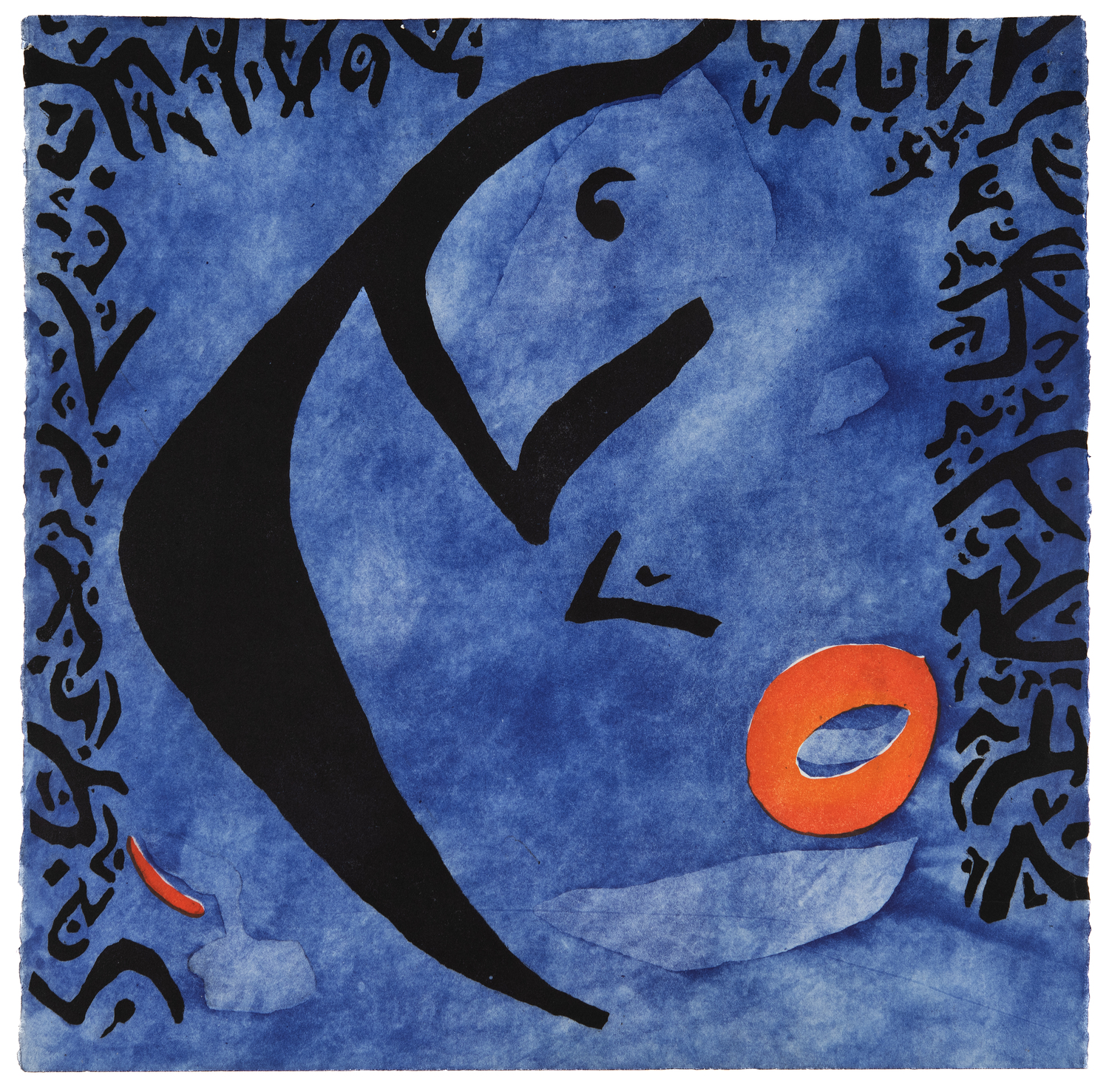
The Drawing Room is currently presenting Sasson Soffer’s work in an exhibition timed to mark the centennial of the artist’s birth and the 75th anniversary of his arrival in New York as a young Iraqi immigrant.
Organized in collaboration with the Sasson Soffer Foundation, the show runs March 15 to April 14 and offers a concise survey of Soffer’s practice over more than three decades. The selection of sculpture, painting and works on paper highlights the continuity in formal and thematic elements Soffer explored at vastly different scales and with a broad range of materials.
Born in Baghdad in 1925, Soffer was the son of a scribe who completed law school before emigrating from Iraq in 1948. Upon his arrival in New York in 1950, he enrolled at Brooklyn College where he studied painting with Mark Rothko, Ad Reinhardt and Burgoyne Diller. The rhythmic painterly brushwork Soffer developed was informed by the dominant tenets of action painting and the enduring impressions of his father’s Arabic calligraphy.
His first solo exhibition in New York at the Artists Gallery in 1958 was followed by shows at Betty Parsons Gallery in 1961 and 1963. Beginning in the early 1960s, he participated in the Carnegie Invitational and Whitney Annual exhibitions. It was during this time that several of his deeply saturated paintings were acquired by the Whitney Museum of Art and the Buffalo AKG Art Museum. The current show represents Soffer’s work from this period with a 68” tall abstraction, painted with a mix of Persian blue, deep green and violet pigments made with his own mix of ground minerals and encaustic. Several works on paper echo the palette and sinuous gestures of the painting, which also appear in hand-glazed tiles from a large wall the artist created in 1978.
By the mid-1960s, Soffer turned much of his attention from painting to sculpture, creating works in ceramic that were shown at Poindexter Gallery and later monumental works over the ensuing decades fabricated in steel, wood and glass. Some were broadly seen in notable site-specific projects presented under the auspices of New York City’s Department of Parks. Other large sculptures were acquired by public institutions and private collectors.
In 1975, Soffer constructed a dramatic glass sculpture measuring 14’ x 14’ x 10’ along the Hudson River at Battery Park to honor the coming of spring. Sited to frame a distant vista of the Statue of Liberty, it was dismantled at sunset the same day. The following year, “Offering” was built on the same site, again placed to mark the importance Ellis Island held for the artist who came through as an immigrant in 1950. Video and black-and-white photographs that document both works are on view at the gallery, as are related works in copper and steel. In the 1970s, a tapered steel structure titled “Miss Pie in the Sky” was installed outside Lincoln Center, and other massive steel sculptures were displayed in rural sculpture parks. A suite of intimately scaled maquettes reflect the breadth of his sculptural compositions.
Soffer began to spend time on the East End in the 1980s, summering first in Amagansett and later in East Hampton. He retained his SoHo studio until late in life when he moved to East Hampton full time. Town Lane Park, a five-acre public park in East Hampton established in 2006, features towering outdoor sculptures within a natural setting that includes trails through meadows bordered by holly, beech trees and native vegetation.
The Drawing Room is at 55 Main Street in East Hampton. For details, visit drawingroom-gallery.com.